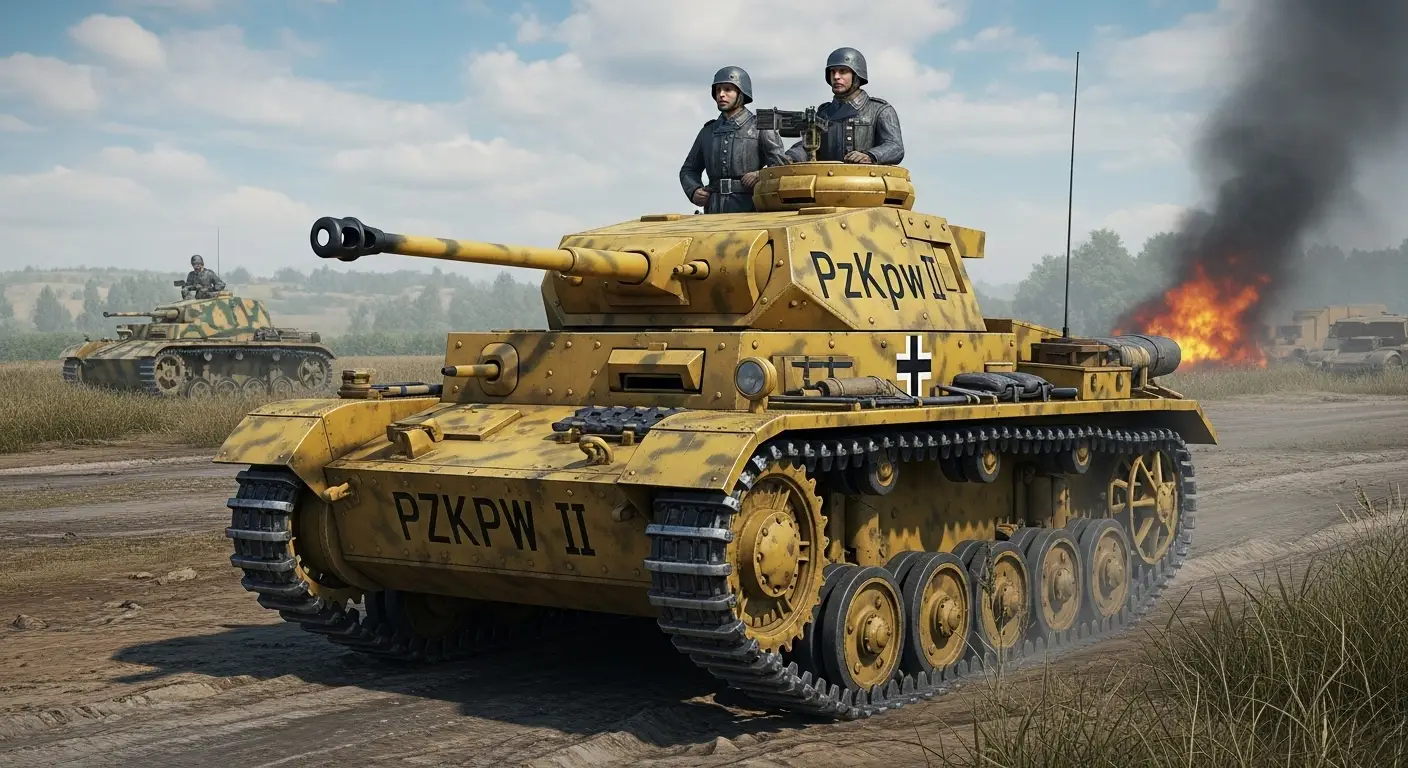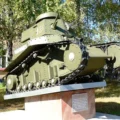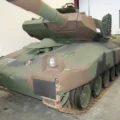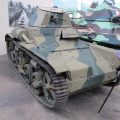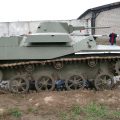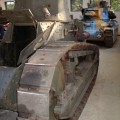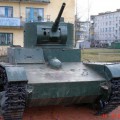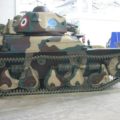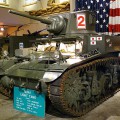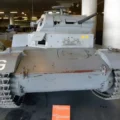das Panzer II is the common name used for a family of German tanks used in World War II. The official German designation was Panzerkampfwagen II (abbreviated PzKpfw II).
Although the vehicle had originally been designed as a stopgap while larger, more advanced tanks were developed, it nonetheless went on to play an important role in the early years of World War II, during the Polish and French campaigns. The Panzer II was the most numerous tank in the German Panzer divisions at the beginning of the war.[2] It was used in both North Africa against the Western Allies and on the Eastern Front against the Soviet Union.
Quelle: Panzer II auf Wikipedia
Mehr Infos:
das Panzer II war ein leichter Panzer, der in den 1930er Jahren von Nazi-Deutschland entwickelt wurde. Es war als vorübergehendes Design gedacht, bis fortschrittlichere Panzer hergestellt werden konnten, aber es blieb während des Zweiten Weltkriegs im Dienst. Der Panzer II war mit einer 20-mm-Maschinenkanone und einem 7,92-mm-Maschinengewehr bewaffnet und hatte eine dreiköpfige Besatzung. Er hatte eine Höchstgeschwindigkeit von 40 km/h und eine Reichweite von 200 km.
Der Panzer II nahm an den Invasionen in Polen, Frankreich, der Sowjetunion und Nordafrika sowie an anderen Schlachten und Feldzügen teil. Er wurde nach und nach durch leistungsfähigere ersetzt tankt wie der Panzer III und IV, aber einige Varianten wurden bis zum Ende des Krieges weiterhin zur Aufklärung, Artilleriebeobachtung und Flugabwehr eingesetzt.
